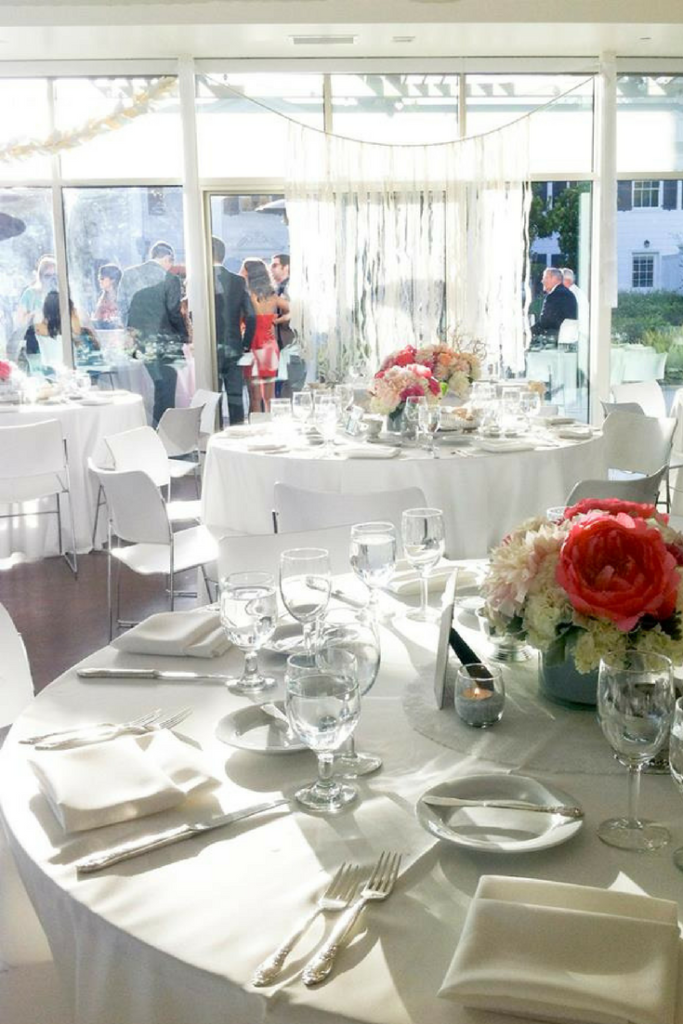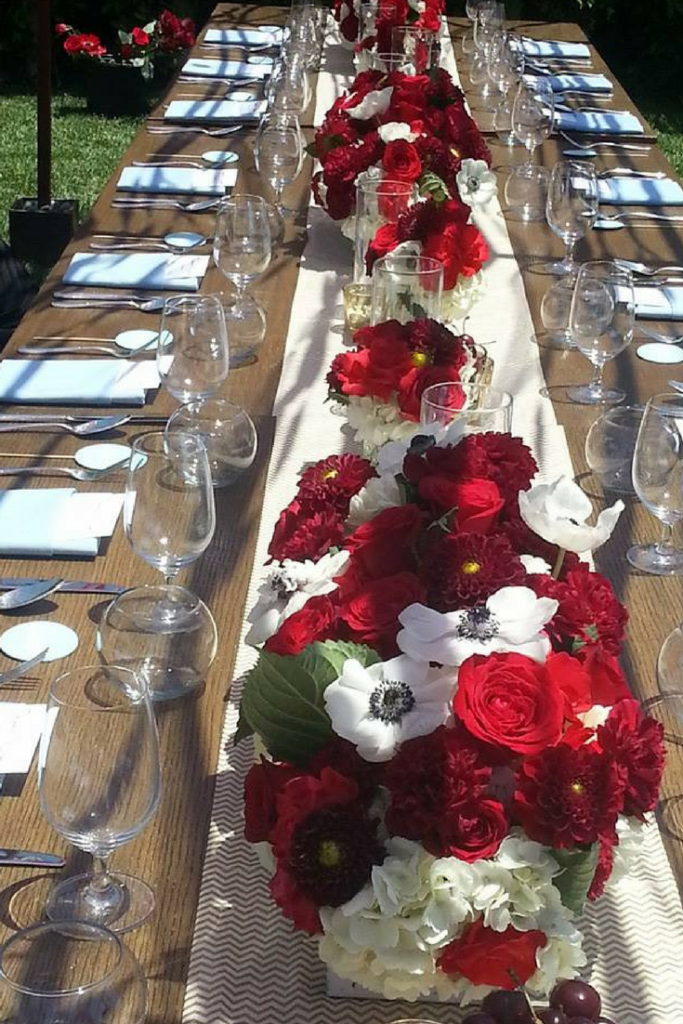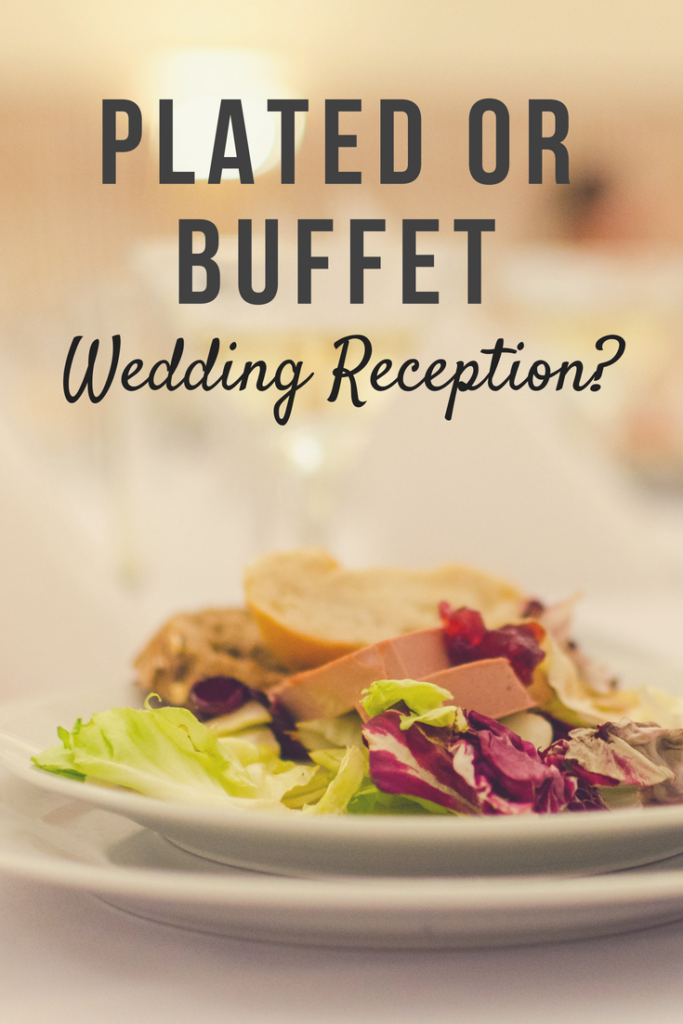
Food is a staple at any celebration—it’s a way to share culture and foster feelings of comfort and hospitality. Your wedding is certainly no exception, but it’s not every day that you have to feed dozens, maybe hundreds, of people at once. For such an important event, a catered dinner is the way to go—but what kind of catered dinner is going to fit your big day?
The two most common options are plated dinners—where the meal is brought to each guest individually—or buffet-style dinners—where guests fill their own plates and return to their seats. Both can be very successful, and both, of course, have their own set of pros and cons.
Plated Dinners
[one_half] [/one_half][one_half_last]
[/one_half][one_half_last] [/one_half_last]Photo credit: Feast Catering Inc.
[/one_half_last]Photo credit: Feast Catering Inc.
Pros
Bringing the meal directly to your guests has some practical perks. For starters, it saves on time and space. Keeping everyone seated means fewer people walking around, and a more streamlined reception. Plus, you don’t have extra tables taking up space, and seated guests are less likely to spill food on their formal attire.
With plated meals, there’s less chance for food waste as well—no one is getting seconds and only eating half of it, and you don’t have to estimate how much food you need; headcounts will provide exactly how many plates are to be prepared.
Cons
First, and perhaps most important on your big day, plated dinners are typically more expensive. Of course you want to confirm that with your caterer or venue, as prices differ, but plated meals require more employees, which increases the cost.
Second, you’re limited in what you can offer your guests. In most packages, you have the choice of two meat plates, and one vegetarian or fish plate—and guests only choose one of those options. Compared to a buffet with plenty of sides and entrées, limited options might not appeal to a variety of eating preferences and restrictions.
Choose a plated dinner if…
Plated dinners are also considered to be more formal—again, a good thing the risk of spillage is low—and are likely the right choice if your event is black tie.
Buffet Dinner
 Photo credit: Feast Catering Inc.
Photo credit: Feast Catering Inc.
Pros
With eating preferences, meal plans, and allergies, everyone seems to have their own list of Foods To Avoid. A buffet can give all your guest exactly what their diet restrictions need—with enough left over for seconds. And you, as the planner, don’t have to worry about tallying up those chicken-or-beef counts before the big day; you can choose the food for the reception weeks before, and move on to the next item on your list.
Your guests won’t be the only happy ones—your wallet will thank you, too. While buffet dinners have more food, they require fewer staff, which brings the cost down significantly. It’s a great way to save some money as the big day approaches.
Cons
The time investment of a buffet-style dinner is its biggest deterrent. You need to allot more time in your reception for guests to get their food table-by-table, let them chat and not feel rushed (even though most people will be hungry enough to forgo the pleasantries!) and let everyone settle. It’s only then they start eating. Couple that with the space investment for additional tables, and a plated meal ends up being much easier and quicker.
Choose a buffet dinner if…
For a really large head count, a buffet dinner is your best friend. It will keep your costs down, and make sure that all your guests are happy and full—the more people, the pickier the crowd!
Conclusion
Reception dinners aren’t one-size-fits-all. Be sure to weigh the pros and cons, and keep your guests in mind. Are they a more casual crowd? Or would they prefer to sit throughout the duration of dinner?
Before you make any decision, be sure to talk to your venue. Do they have package deals? Can they recommend a local caterer for discounts? When all the data is collected, hopefully there’s a clear winner!


